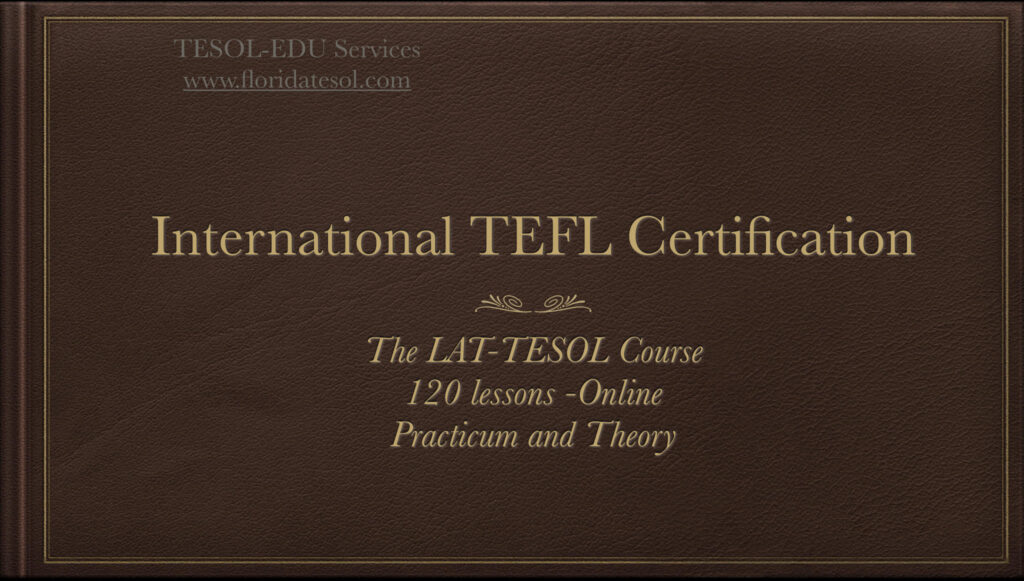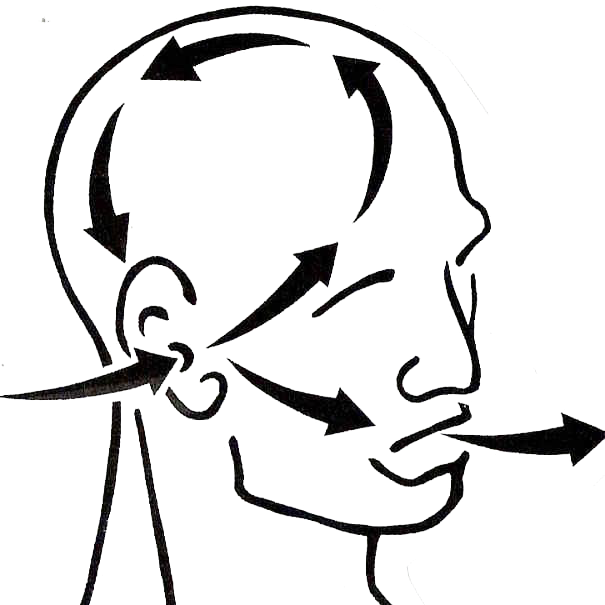In defining CAT, we include CLT (Communicative Language Teaching). So, what exactly is CAT? Let’s break it down step by step:
A. Communication happens only when the decoder (the recipient of the spoken language provided by the encoder) accepts and “successfully” interprets the words, phrases, and sentences presented to her.
B. When one says something, the process of communication is engaged but cannot come to fruition until it is decoded appropriately.
C. The listener holds the final key to communication.
D. In the classroom, the students control the success of the communicative efforts presented by a teacher.
E. In the ESOL (English for Speakers of Other Languages) milieu, in which students are trying to acquire, learn, and study in English (a language that is foreign to them), the CAT is a system that focuses on the student’s linguistic needs in terms of becoming adept at manipulating the English language.
F. In the CAT, due to the fact that “communication” is required, the teacher provides the necessary tools to 1st acquire Linguistic Comprehension & Production: This means to hear and listen to the foreign word and then produce it successfully. It has nothing to do whatsoever with understanding meaning. In CAT, we 1st focus on the sound production of a word and once that is achieved, we can focus on attaching a meaning WITHOUT translation. It is at this point that the CAT seriously deviates from the GTM (Grammar-Translation Method) which has long dominated and plagued the traditional language programs in schools, institutions, and mindsets worldwide.
G. Via the success of Linguistic Comprehension and Production, we can achieve Linguistic Competence; this means that the new word is understood without translation. Once this step has been accomplished, we can now go on to the measurable objective which is identified as Linguistic Performance. At this point the words that have been acquired and learned can be used at will by the student.
The Founding of CAT
The CAT was not created by a single person. The principal actor allowing for CAT to come about is MIT Linguist and Father of Modern Linguistics, Noam Chomsky. Prior to Chomsky’s contributions to the field of linguistics, Behaviorism (the Skinnerian concept) ruled philology and created the Grammar-Translation Method (GTM); a system based on erroneous perceptions about language acquisition, learning, study, and teaching.
The GTM still predominates much of the world but in the early 1970s, due to Krashen et al , the birth of the CAT became a possibility, primarily in the small private sectors, 1 and put into practice by individual teachers who were not afraid to deviate from GTM curricula. The large companies and academic institutions continued to promote the
GTM and to this day, they are still bogged down by it.
The founders of the CAT are those individual teachers who put Communicative Language Teaching into actual practice. In the early 1980s, The ICLA Curriculum™ (TIC) was created to officially herald the CAT into practical use. In TIC, the teachers do not teach grammar overtly but rather covertly. TIC also redefined the term Grammar to signify, first and foremost, the rules of a language as they pertain to the phonology of a language; i.e., first learn to hear, listen, and then pronounce the language within the parameters established by the native speakers of a language. NO WRITTEN LANGUAGE is involved. This is how one acquires and learns one’s native language(s). This perspective of Grammar completely opposed and opposes traditional definitions of grammar, which, by and large have vilified the term. People hear “grammar” and they cringe. There are even those who are fluent in their native language and who will say that they don’t know grammar. It is not possible to speak fluently as a native speaker and not know grammar. What they actually mean is that they do not know how to talk about the grammar of the language they are fluent in, which is by design perfectly OK. The only ones qualified to speak about the grammar of a language are grammarians and linguists (and most of them are not teachers). A genuine teacher who is also a grammarian and/or a linguist would never teacher grammar overtly, only covertly.
The CAT is a work in progress. The TESOL industry recognizes that the GTM does not work. However, and unfortunately so, in general the industry is very slow in transitioning from the GTM to the CAT. That said, regardless of the slow pace, the TESOL industry is aware and eventually the CAT will become the standard.
Stephen Krashen, Tracy Terrell and others who theoretically helped usher in the CAT … 1 © Peter Maximilian HM All Rights Reserved Written permission is required to copy and use contents.
The CAT in Theory and Practice
The difficulties that the TESOL industry is having with the CAT is that the industry (and that includes www.tesol.org) is still using variations of the GTM as a means to provide ESOL language instruction. The CAT is NOT an academically oriented concept. By definition, it cannot be so. Furthermore, publishing houses have had a strong chokehold on the TESOL industry, and they are the promoters of learn-a-language via a book (the written form).
This is what can be done by individual teachers/facilitators:
Understand well that teaching “in” a foreign language (ESOL/ESL/EAP/ESP) cannot 2 be presented academically to beginners and low-intermediate students.
Do NOT teach the grammar of the language OVERTLY. Do not talk about dangling modifiers, adverbial phrases, or relative clauses as a means to help students understand how to manipulate the language.
Be sure to use “meaningful” strategies, definitions, and contexts to allow students to lower their Affective Filters and thereby absorb the language.
Do NOT translate or use translation as a means to teach.
Adhere to the concept introduced by Krashen: i +1. Hereby we teachers assess the input that the student provides and we ADD (+) 1 new concept to it.
Be sure to teach the 7 interrogatives to generate questions:
who-what-where-when-why-which-how.
Show (thus teach) the students the importance of asking questions as a means to direct the class: All savvy language students know full well how to manipulate a class session by way of questioning.
If a teacher is operating within the “book-learning concept” that the GTM requires, first deal with the vocabulary on page 1 ORALLY before opening the book to page 1. Then look at the overall thematic concepts presented on page 1 and discuss them in depth. Do NOT go to page 2 until all has been absorbed appropriately.
Use visuals and have the student(s) discuss what they see.
Teach thematically. Teach culturally. Again, do NOT teach grammar overtly.
NOTE: For deep-structural understanding of how to be successful in the CAT, sign up for the LAT-TESOL course or for a LAT-TESOL workshop.
English to Speakers of Other Languages/English as a Second Language/English for 2 Academic Purposes/English for Special Purposes
© Peter Maximilian HM All Rights Reserved Written permission is required to copy and use contents.

